Rural living often means lots of driving but it also means lack of sidewalks, which means pedestrians are on the road a lot too. Unfortunately, walking along rural roads can be dangerous. Cars are moving at faster speeds, drivers aren’t always watching for people on foot, and there is no dedicated space for walkers. Injuries can be more intense, as well – all the more reason to take the necessary precautions to walk safely on rural roads.
Here are 5 things rural pedestrians can do to stay safe on country roads.
Walk facing traffic
Most rural roads don’t have a sidewalk or dedicated space for walkers. In this case, walk facing traffic so you can see any vehicles that pass close to you coming from a distance. Keep well to the shoulder and let any bicycles travelling with the flow of traffic move around you into the laneway, while you keep well to the side of the road.
If you’re travelling with a group, walk single file so everyone can keep to the side, and always face forward so you are prepared to react to oncoming traffic.
Keep yourself visible
Even in daylight, pedestrians can be hard to spot, especially on rural roads where they are rare and unexpected. Make sure you catch the attention of any drivers by wearing bright clothing at all times.
At night, use reflective strips, LED lights, and flashlights to make sure you are extra visible to cars and trucks; if necessary, pause and move farther to the side of the road at night while vehicles are passing.
Don’t use headphones
Walking on country roads can be a lovely leisurely activity, and that often means you’d like to listen to music or talk to friends on your phone. But blocking your ability to listen for oncoming traffic means you may be slow to react to dangerous situations as they arise. And concentrating on another activity means you may lose focus on the roadway and not be in active defensive mode should you need to take action to protect yourself.
Being a rural pedestrian requires extra attention due to the more challenging conditions and the higher risk of injury should an accident occur. So keep your headphones in your pocket.
Watch out for bad weather
Here in Canada, we see a lot of snow and ice, and rural roadways get the worst of it. They are often slow to be cleared properly, resulting in slippery patches left behind on the roadway, and piles of snow at the side of the pavement means pedestrians need to move even farther into the main roadway when walking. At other times of the year, rain can reduce visibility for drivers and create slick conditions.
For optimal safety, it’s best to avoid walking on rural roads in bad weather conditions. But if you must walk along a country road, make sure you are wearing solid footwear with thick treads or ice picks to ensure you are steady on your feet and ready to react. Keep a careful eye on all oncoming cars for potential skids and use reflective clothing and lighting to stay visible. And definitely keep an eye out for snowplows; if possible, veer off the road into a side driveway or path to avoid them as they approach.
Take extra care at hidden intersections
Rural roads always have many hidden intersections. Driveways and laneways can open onto the main road with low visibility and unclear traffic merge points.
As a pedestrian, use extra caution whenever you are crossing a driveway, laneway, or side road intersection. Come to a complete stop and look carefully for merging cars, trucks, or farm equipment before proceeding. If possible, make eye contact with any approaching drivers to be extra sure they will stop and allow you time to cross.
Country walks can be fun, refreshing, and beautiful. Make sure you use these few simple precautions to make your journey as positive and safe as possible.
Earn your Road SMARTS
Learning to walk safely on rural roads is one action you can take to become a safer road user. If you would like to get more involved in road safety, we invite you to take the #RoadSMARTS pledge. By taking the Road SMARTS Pledge, you Support Making All Road Travel Safe, which can help improve road safety for everyone. When road behaviours change, accidents can be reduced. For more information and to take the pledge for free, visit https://www.ottawasafetycouncil.ca/road-smarts.
